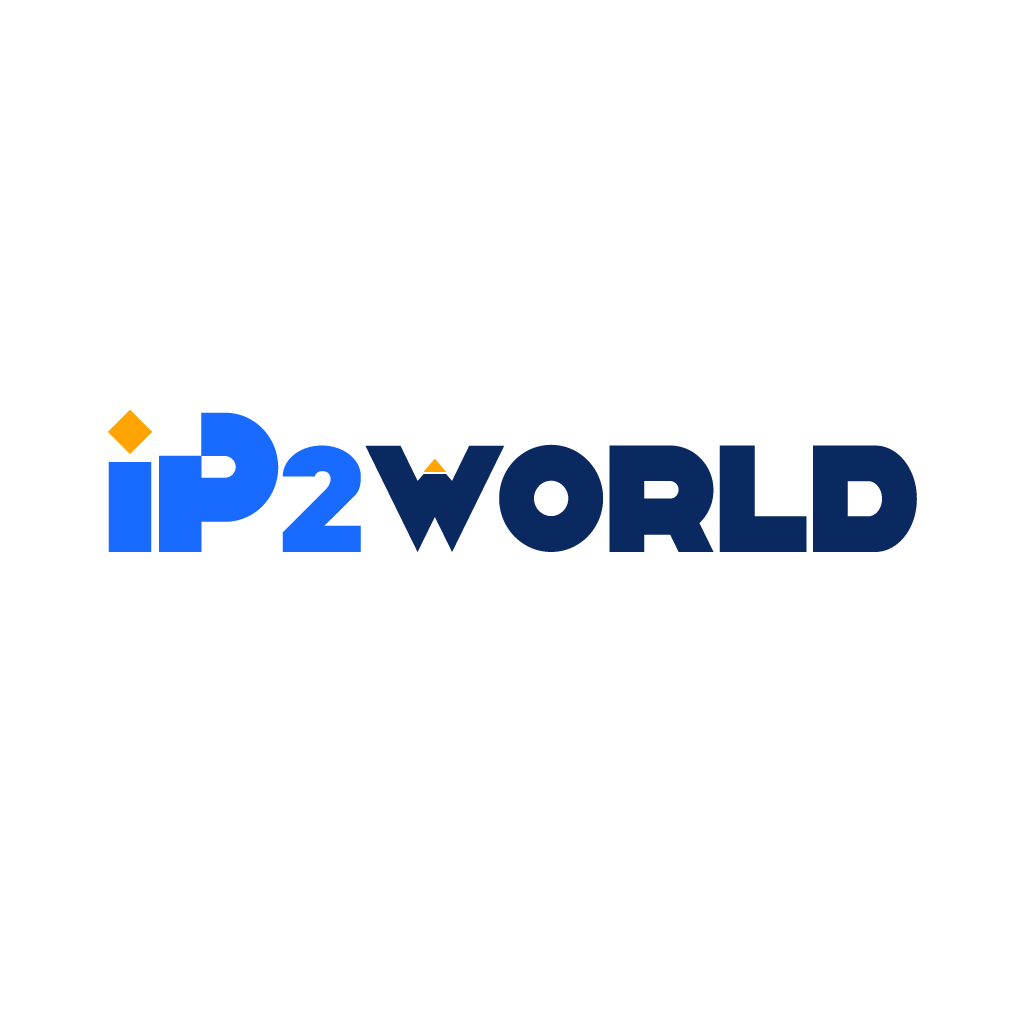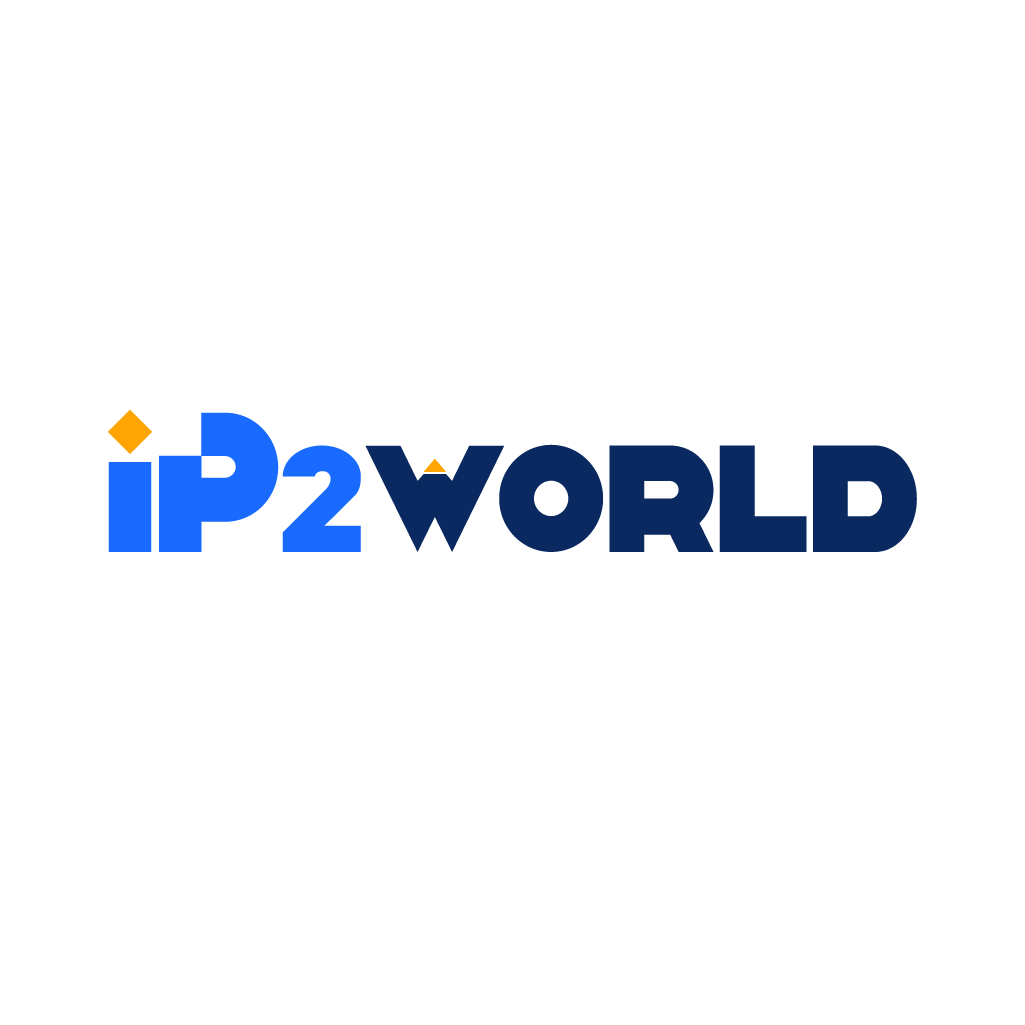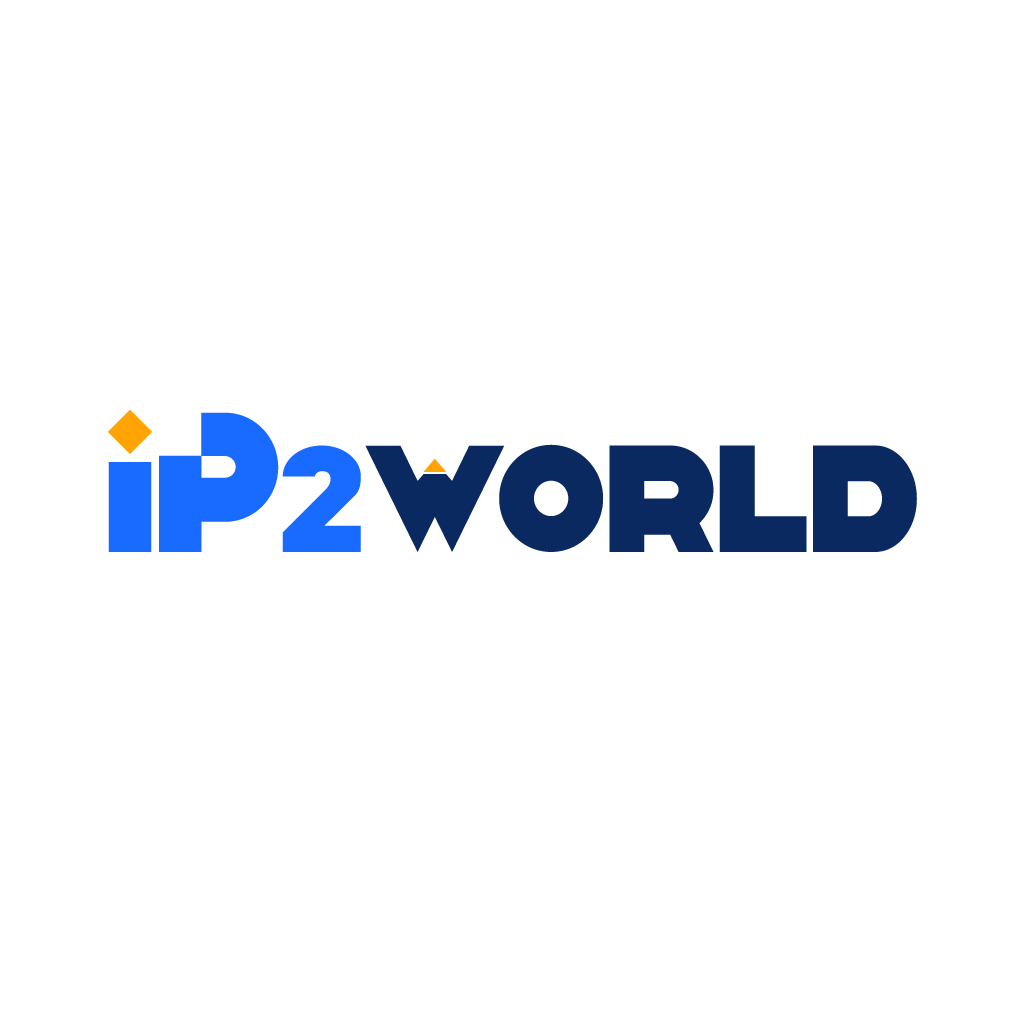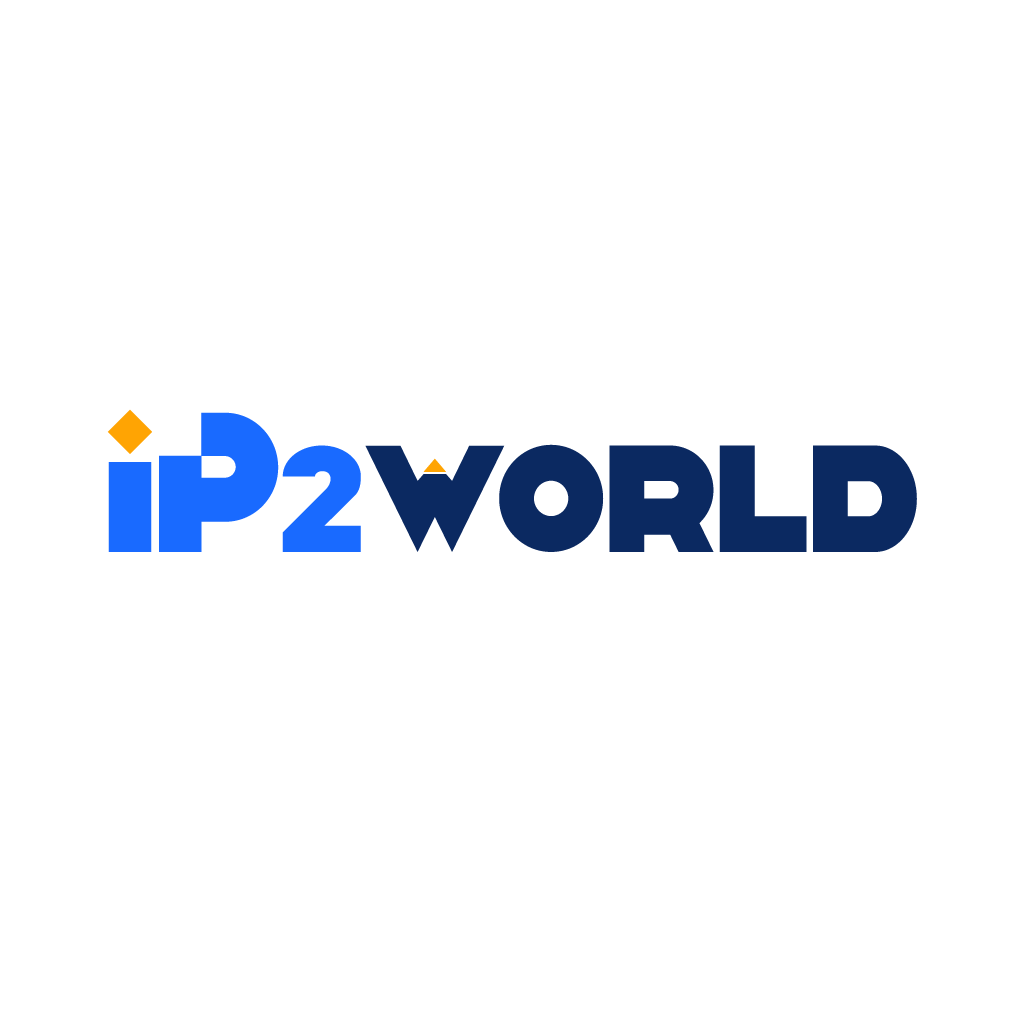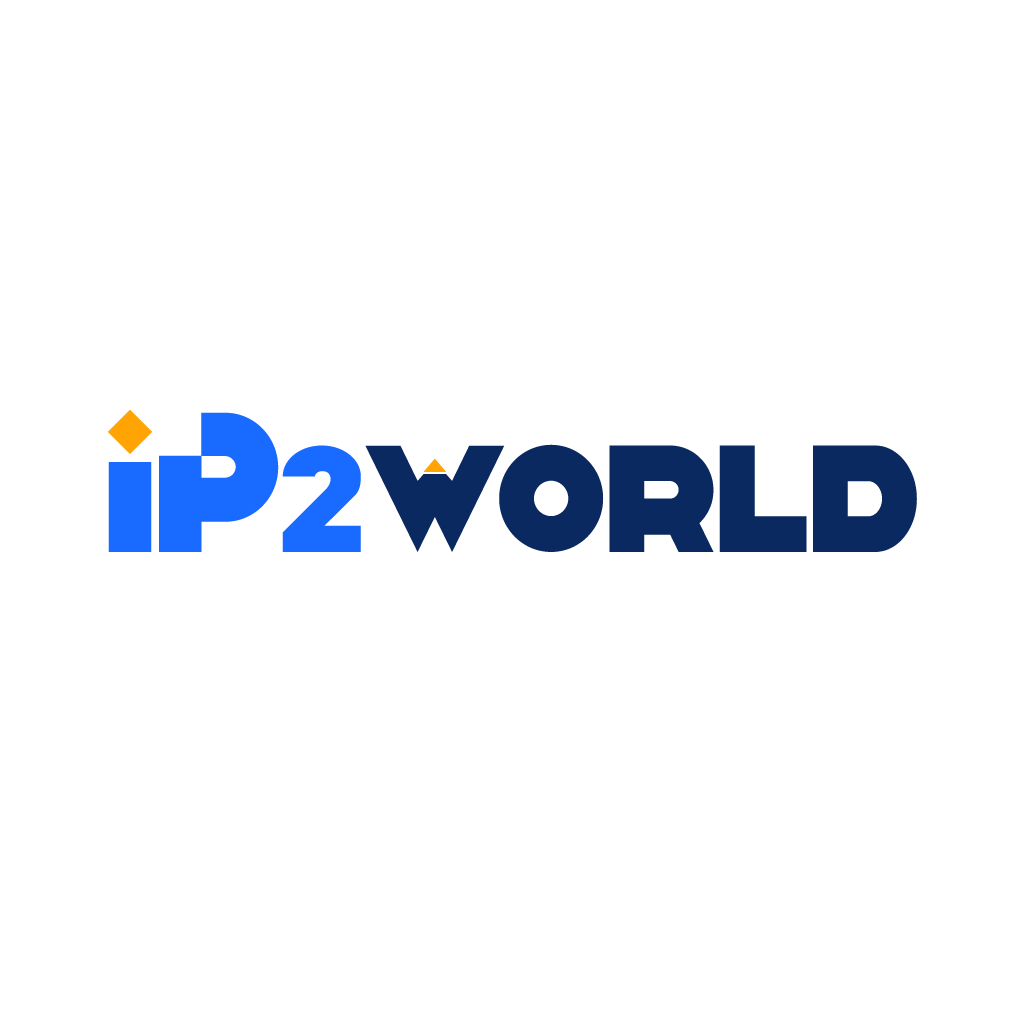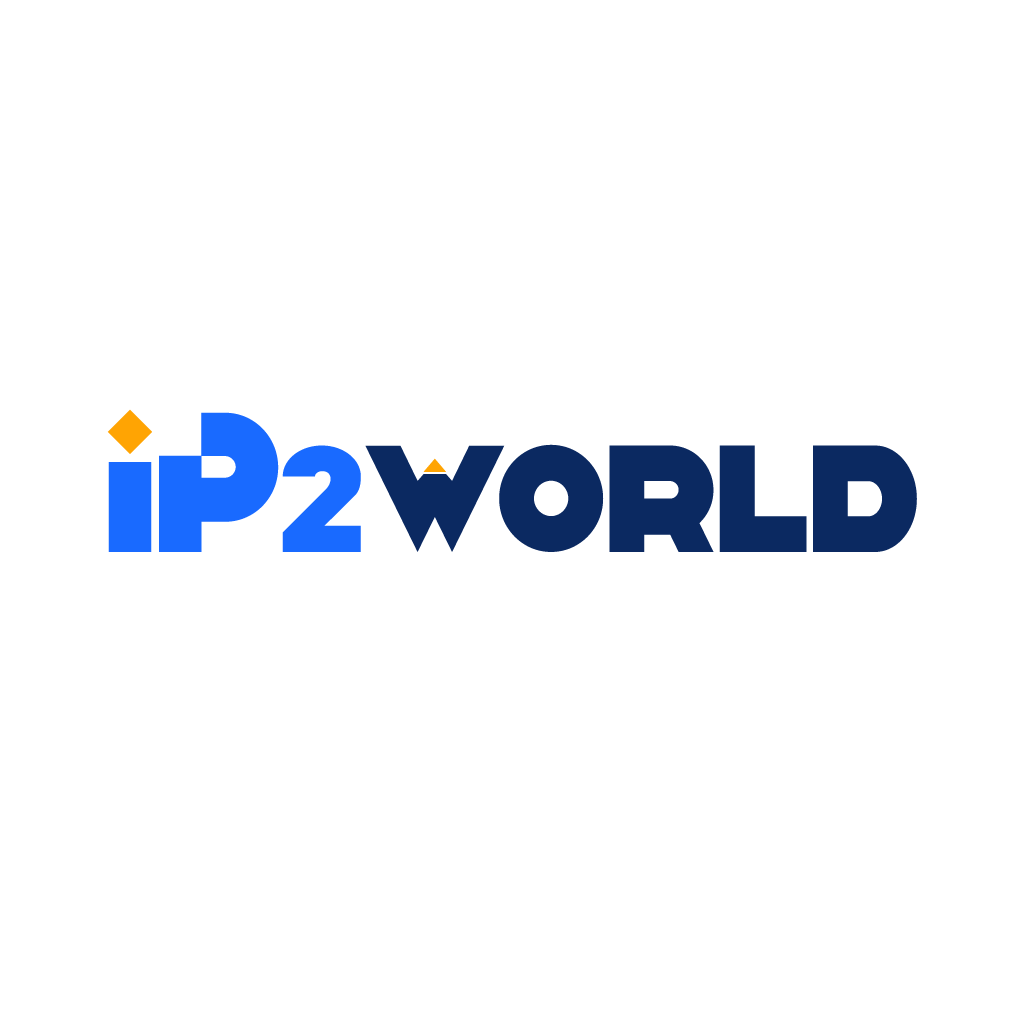I. Introduction:In the digital age, where the internet is teeming with content and consumers are bombarded with endless information, standing out is both an art and a science. Every piece of content, whether an article, video, or social media post, competes for the precious attention of the audience. For brands, this means crafting content that not only captures attention but also resonates deeply, leading to lasting connections. Central to this endeavor are strategies that tap into the core of audience preferences—understanding their demographics and geographical nuances, optimizing for search engines and social platforms, and being agile in the ever-changing digital landscape. II. Techniques for Tailoring Content: Demographics and Geographic Profiles In the vast expanse of the digital universe, creating content that truly resonates is a challenge. One size certainly doesn’t fit all. To effectively capture an audience's attention and forge meaningful connections, understanding and addressing their unique preferences is paramount. This is where the dual pillars of demographics and geographic profiles come into play. At its core, demographic segmentation involves categorizing audiences based on shared characteristics, be it age, gender, education, or socioeconomic status. For instance, a tech company might develop content aimed at millennials, peppered with contemporary slang and references, while its content for baby boomers could be more instructional and straightforward. On the other hand, geographic profiling involves understanding and catering to the location-specific nuances of audiences. Cultural references, local events, and even regional humor can be powerful tools when crafting content for a particular geographic segment. Case Study: Imagine a global clothing brand preparing for a grand campaign. A generic advertisement strategy might involve promoting its new line of winter jackets. However, a tailored approach takes into account the brand's diverse audience. By leveraging data analytics, the brand discerns that while its North American audience, particularly in Canada, is bracing for winter, its Australian clientele is gearing up for summer. Responding to this insight, the brand concurrently promotes breezy summer dresses in Australia and cozy winter wear in Canada, thus addressing the unique needs of both segments and maximizing engagement. But how do brands gain such insights? The answer lies in the arsenal of modern-day tools and analytics. Platforms like Google Analytics and Facebook Insights offer a treasure trove of data on user behavior, preferences, and interaction patterns. Beyond generic metrics like views or clicks, they provide deeper insights like audience dwell time, content sharing patterns, and even emotional responses. For instance, if a brand notices that its videos are predominantly shared by women in the age bracket of 25-34, it might consider creating more content that resonates with this demographic, possibly highlighting themes like young motherhood or career progression. Furthermore, tools that analyze keyword searches can guide brands on trending topics within specific regions, enabling them to produce content that's not just relevant but also timely. In conclusion, the age-old adage, "Know your audience," has never been more relevant. By harnessing the dual powers of demographic and geographic profiling, brands can create content that's not just seen, but truly cherished, fostering connections that stand the test of time. III. SMO vs. SEO: Complementary Digital Strategies In today's era of digital dominance, brands are constantly seeking avenues to bolster their online presence. Enter SMO (Social Media Optimization) and SEO (Search Engine Optimization) – two of the most potent tools in a digital marketer's toolkit. While each serves its distinct objective, when leveraged synergistically, they form a powerful combo that can supercharge a brand's online visibility. Understanding SEO: At its essence, SEO is the art and science of optimizing web content to make it more palatable to search engines. Think of search engines as vast libraries. SEO ensures your content – be it a blog post, product page, or an entire website – gets a prime spot in this library. It involves tailoring website structure, utilizing relevant keywords, optimizing meta descriptions, and ensuring quick load times, among other factors. The goal is simple: achieve a higher ranking on search engine results pages (SERPs) to drive organic, or unpaid, traffic to your site. SMO Unveiled: SMO, meanwhile, is akin to setting up a billboard in the busiest part of town, the digital town, that is – social media platforms. It's about creating and amplifying content tailored for these platforms, fostering engagement, sharing, and virality. SMO strategies encompass creating shareable content, using relevant hashtags, optimizing social media profiles, and actively engaging with followers. The primary goal? Boost brand awareness and drive traffic from social media platforms to websites or other desired destinations. The Symbiotic Relationship: Now, imagine a scenario where an informative article on your website gains traction on social media through effective SMO strategies. As it goes viral, more and more users visit your site to read the full piece. This surge in traffic, recognized by search engines, might enhance your site's SEO rankings. Conversely, if your website, optimized through SEO, offers valuable content, visitors might share it on their social media, driving more traffic and engagements, effectively boosting your SMO efforts. It's a virtuous cycle. Moreover, consider backlinks – a crucial SEO component. When quality content is shared widely on social media, other websites might link back to it, further improving the content's SEO value. Similarly, when people search for topics related to your viral social media content, search engines might prioritize showing your content due to its relevance and popularity. In essence, while SEO and SMO have their individual realms of operation, they're far from siloed. In the interconnected digital ecosystem, their paths frequently intersect. For brands aspiring to build a formidable online presence, adopting a holistic approach, one that seamlessly melds the strengths of both SEO and SMO, isn't just recommended; it's imperative. IV. Platform-Specific SMO Approaches In the sprawling landscape of social media, it's a cardinal sin to adopt a 'one size fits all' approach. Each platform is a unique ecosystem, each with its own set of rules, audience behaviors, and content preferences. Successful SMO hinges on understanding these nuances and tailoring content accordingly. Diving Deep into Platform Dynamics: 1. Pinterest: Often termed the 'visual discovery engine', Pinterest captivates users with rich visuals that spark creativity and aspiration. It's a haven for those seeking ideas, from innovative recipes to cutting-edge fashion trends. Brands, especially those in lifestyle, fashion, or home decor sectors, can harness this platform by creating visually appealing pins that not only showcase their products but also inspire users. Integrating keywords into pin descriptions can further enhance discoverability. 2. Facebook: The behemoth of social media platforms, Facebook's vast and diverse user base is its strength. Whether it's a teenager sharing a meme or a grandparent watching a family video, Facebook caters to a wide age demographic. For brands, this means versatility in content strategy. Engaging articles, compelling videos, interactive polls, or even live sessions – each content type can find its audience here. Leveraging Facebook Ads can also offer granular targeting based on user interests, behaviors, and more. 3. Instagram: This platform is the epitome of visual storytelling. High-quality images, creative stories, and IGTV videos form the crux of Instagram content. Brands can harness Instagram's features like polls, questions, or shoppable posts to engage users and drive actions. Furthermore, leveraging influencers for collaborations can amplify reach and credibility. 4. LinkedIn: No longer just a job-seeking platform, LinkedIn has morphed into a hub for industry insights, professional networking, and thought leadership. Brands, especially B2B ones, can benefit immensely by publishing in-depth articles, sharing company milestones, or even sparking industry-related discussions. LinkedIn Ads, with its specific targeting options like job titles or industries, offers precise reach. 5. TikTok: The rising star of social media, TikTok thrives on short, catchy video content. The platform's algorithm rewards creativity and virality. For brands, it's an opportunity to showcase their lighter side, create trends, or even collaborate with creators for viral challenges. Staying Ahead of the Algorithmic Curve: The dynamic nature of social media means that algorithms are in a state of perpetual evolution. What worked yesterday might not work today. These algorithms determine content visibility, reach, and engagement. Thus, it's paramount for brands to be in the know. Subscribing to official platform blogs, participating in webinars, or joining dedicated social media communities can provide valuable insights into these ever-changing algorithms. Mastering platform-specific SMO approaches is both an art and a science. It demands a deep understanding of platform dynamics, audience behavior, and evolving algorithms. But with the right strategy in place, brands can ensure their message not only reaches its intended audience but also resonates deeply with them. V. Conclusion:Navigating the digital realm requires brands to be both strategic and intuitive. By understanding their audience at a granular level, leveraging the strengths of SEO and SMO, and tailoring content to the unique ecosystems of each social media platform, brands can rise above the digital noise. It's not just about visibility; it's about forging meaningful connections that translate into lasting brand loyalty. In this ever-evolving digital age, it's clear that success lies at the intersection of data-driven insights and authentic, resonant storytelling.
2023-09-11
